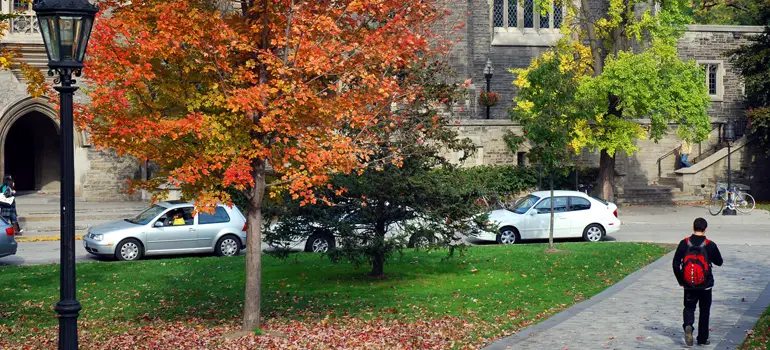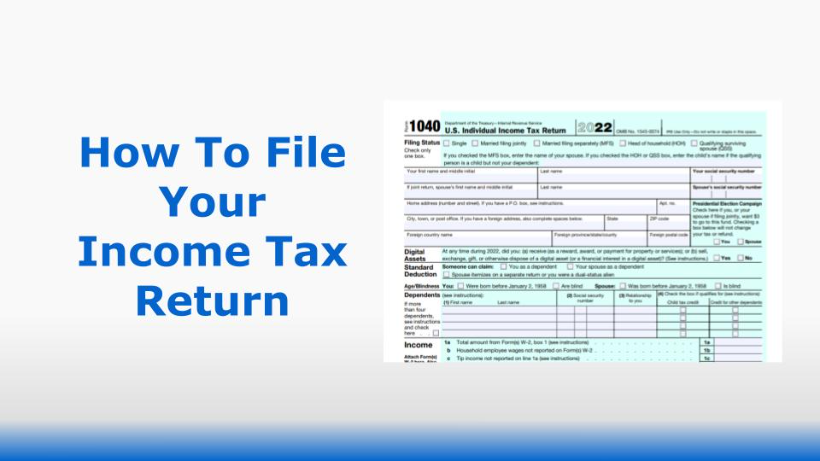Understanding the Coverdell education savings plan
Published:
In the race for class president, these days Coverdell ESAs are the runner-up next to the increasingly popular 529 plan. But the race for class president is pretty much a popularity contest. And Coverdells offer some substantial advantages over 529s in certain areas.
For starters, Coverdells allow you to save for elementary and secondary school education, whereas 529 plans restrict your use to qualified college-education expenses. This makes Coverdells the only way to reduce your taxes for high school expenditures.
If you are planning on private schools for your children, then you probably want a Coverdell. The flexibility also extends to special needs education.
Coverdells enjoy the advantage of being unrestricted on the types of investments the fund manager can make. As an individual, you can set up a Coverdell ESA account and choose the equity and bonds according to your personal preferences. For anyone who knows their way around the stock market, this option can lead to substantially higher returns than 529 plans, which tend to be more risk-averse than many other mutual funds.
So why does everybody prefer 529s? Your contributions to a Coverdell are unfortunately taxed, whereas 529s give you a Federal tax holiday. That gives 529s the edge on college savings and explains why Coverdells take second place.
Ideally, you want to use both account types to cover your kids' education expenses in full. Here is how the Coverdell works.
Each account is designated for a given beneficiary, and all funds in the account must be withdrawn within 30 days of the beneficiary's 30th birthday, except for special needs students. In the interim, the combined contributions to the account cannot exceed $2,000 in any one year.
The expiration of the account gives your child the opportunity to apply the account trust toward a master's, doctorate or possibly for living expenses while they're interning in New York City. Withdrawals in excess of the qualified educational expenses for the year, or for any purposes other than schooling, are taxed at distribution.
In addition to this restriction, you cannot contribute to a Coverdell if your modified adjusted gross income (MAGI) is over $110,000 as an individual or $220,000 as a couple. There are, however, no restrictions on who contributes to a beneficiary's Coverdell, which means a child – who earns less than $110,000 per year – can make contributions if the parents earn too much.



